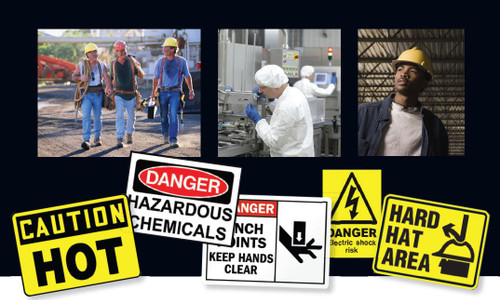OSHA: the New Construction Rule and the General Confined Space Rule
By Mario Mendoza, Regional Sales Manager, Allegro Industries
On May 4, 2015, OSHA issued a new standard for construction work in confined space. There are five key differences from the Construction Rule, and several areas where OSHA has clarified existing requirements.
The five new requirements include:
- More detailed provisions requiring coordinated activities when there are multiple employers at the worksite. This will ensure hazards are not introduced into a confined space by workers performing tasks outside the space. An example would be a generator running near the entrance of a confined space causing a buildup of carbon monoxide within the space.
- Requiring a competent person to evaluate the work site and identify confined spaces, including permit spaces.
- Requiring continuous atmospheric monitoring whenever possible.
- Requiring continuous monitoring of engulfment hazards. For example, when workers are performing work in a storm sewer, a storm upstream from the workers could cause flash flooding. An electronic sensor or observer posted upstream from the work site could alert workers in the space at the first sign of the hazard, giving the workers time to evacuate the space safely.
- Allowing for the suspension of a permit, instead of cancellation, in the event of changes from the entry conditions list on the permit or an unexpected event requiring evacuation of the space. The space must be returned to the entry conditions listed on the permit before re-entry.
In addition, OSHA has added provisions to the new rule that clarifies existing requirements in the General Industry standard.
These include:
- Requiring that employers who direct workers to enter a space without using a complete permit system prevent workers’ exposure to physical hazards through elimination of the hazard or isolation methods such as lockout/tagout.
- Requiring that employers who are relying on local emergency services for emergency services arrange for responders to give the employer advance notice if they will be unable to respond for a period of time (because they are responding to another emergency, attending department-wide training, etc.).
- Requiring employers to provide training in a language and vocabulary that the worker understands.
Finally, several terms have been added to the definitions for the construction rule, such as "entry employer" to describe the employer who directs workers to enter a space, and "entry rescue", added to clarify the differences in the types of rescue employers can use.
If you have questions about the right PPE for your specific applications, please contact one of PK Safety Customer Service folks at 800-829-9580, or visit pksafety.com.
Recent Posts
-
Why Hi-Vis Winter Work Gear is Essential for Safety During the Cold Months | PK Safety
When temperatures drop and daylight hours shrink, outdoor workers face additional hazards that incre …Oct 31st 2024 -
Self Braking Descender: Advanced Rope Control for Fall Protection | PK Safety
For professionals working at heights, controlled descent is critical. Whether you’re a window cle …Oct 30th 2024 -
Hand and Eye PPE Machinists Rely On | PK Safety
Machining environments are inherently dangerous, with workers often surrounded by heavy machinery …Oct 27th 2024





